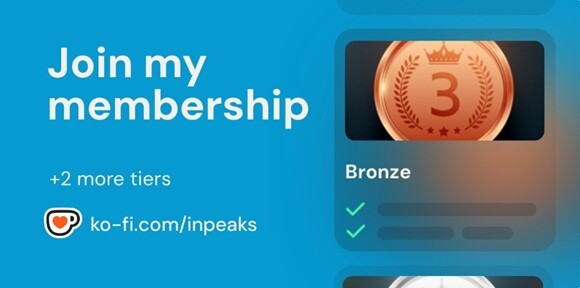Debt accumulation is an American pastime, considering the average adult owes $92,727. This shows that today’s workers are buried in more credit than any previous generation.
Excessive borrowing can negatively impact your future financial position, prohibiting wealth accrual. Fortunately, there are proven methods to dig yourself out from under burdensome debts.
1. Categorize and Organize Monthly Expenses
Often, consumers hide their bills by tossing them into the garbage. Instead of throwing them away immediately, start categorizing your month-to-month bills and organizing them. With your statements gathered, browse through them all and start adding them together.
Typically, professional recommendations focus on your base payments at first, such as utilities. If these exceed take-home pay, changes must be made, or bankruptcy is inevitable. However, most people do not spend more on basic expenses than they earn, so there is still hope. A plan will be necessary to progress from here, but they are not hard to make usually.
2. Request a Credit Report and Face the Music
Everyone is entitled to a free credit report from the three major credit bureaus once a year. Ask them to send you an updated copy of your report and calculate each debt included.
Generally, experts suggest repaying high-interest accounts first, as these have the largest impact. After higher interest accounts are repaid, switch targets to non-deductible debts. Finally, alleviate the final bit of stress by repaying tax-deductible accounts last.
Once your balances have been eliminated, remove the expensive cards and do not reuse them again. If someone needs credit, they should limit themselves to a single low-interest card. Furthermore, these should carry no balance at month’s end, or the debt cycle begins anew.
3. Utilize the Debt Snowball Repayment Method
Implement a traditional payment plan and stick to your budget. Frequently, financial advisors recommend utilizing what is called a debt snowball method. In this approach, a consumer repays their highest interest accounts first.
As account balances reduce to nothing, the consumer repays the next largest one. Eventually, all their accounts will be paid off, and they will be out of debt altogether. A professional often advises you to consolidate debts, but be careful.
Otherwise, the consolidation will burden you further, adding more debt overall. Nevertheless, balance transfer cards offer zero percent introductory rates in some cases. Putting your outstanding debts onto one of them can be time-saving and efficient. Occasionally, clients can negotiate with their lenders and receive more favorable terms. As a result, they can shrink their outgoing cash flow without changing their total debt load.
4. Accumulate Six Months of Income as an Emergency Fund
A normal consumer will forfeit their financial security to obtain fancy gadgets. Nonetheless, these spur-of-the-moment decisions weigh down anyone’s finances over time, limiting future options. Once your debts are gone, stack cash until there is enough in the bank to support six months without income.
Consequently, surprise expenses will not force you to take out more debt. An emergency fund will cover the replacement cost if a tire goes flat on the car, negating credit offers. Multiply your base monthly expenses by six and use that as a rough guideline for how much to save.
After accumulating this much in savings, minor mishaps will not derail your plans. You can shoulder unexpected expenditures without relying on creditors, easing financial stresses.
5. Track Spending and Implement a Weekly Budget
Flexible spending and inflexible spending should be accounted for separately. In many instances, a bill may not be reduced without forgoing certain components of life, like a phone bill. On the other hand, extraneous restaurant visits add up to quite a bit and can be skipped.
Account for every dollar spent last month and list the expenditures as essential or non-essential. Then, target the unnecessary items and eliminate them from your life completely.
Also, note that a quick loan can be used to bridge income deficits until your cash flow becomes positive again.
Eliminating Debts and Regaining Freedom in 2022
Getting rid of debt is not as difficult as many people would have you believe. Although it does require effort, dedication, and sacrifice, you can accomplish it. Good luck!
You may also want to read,










